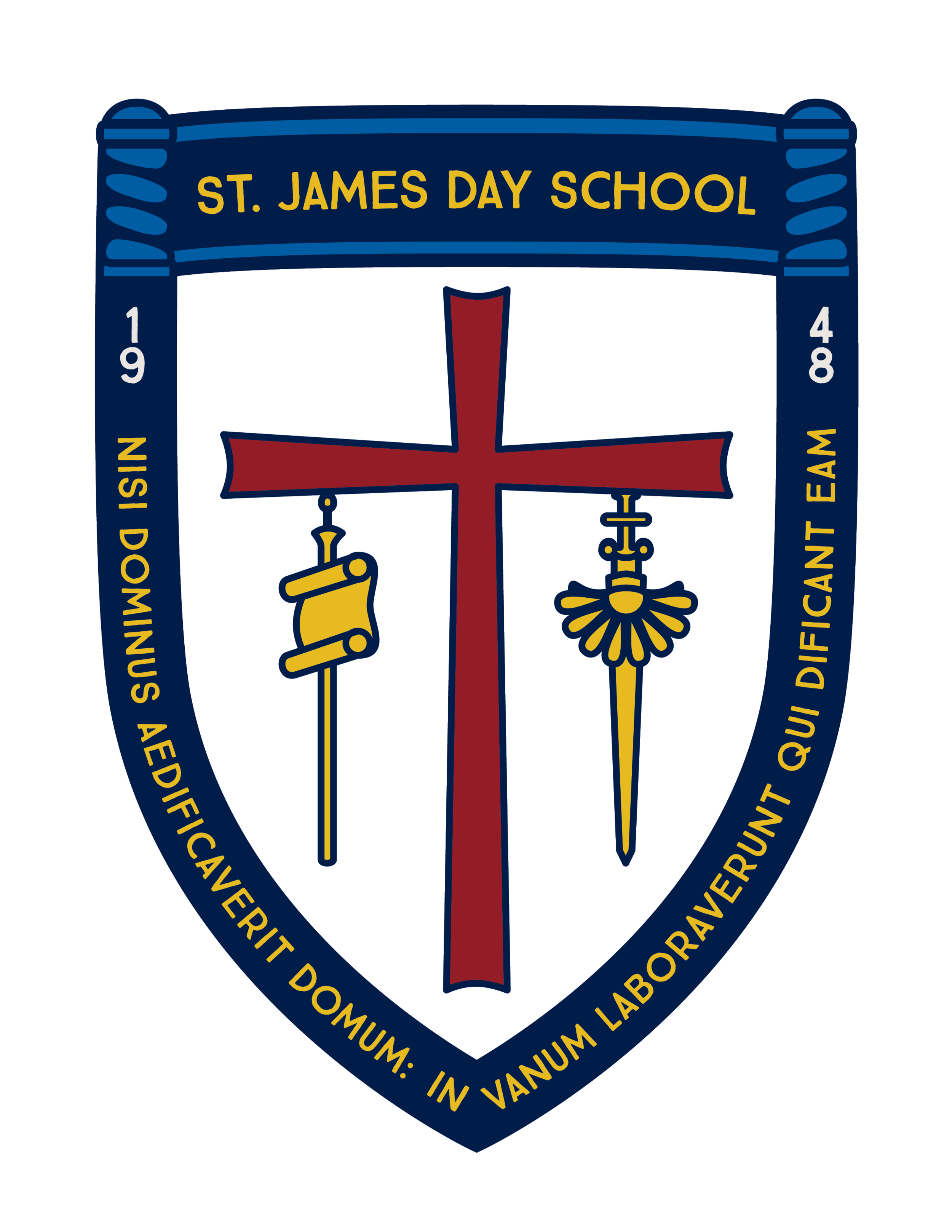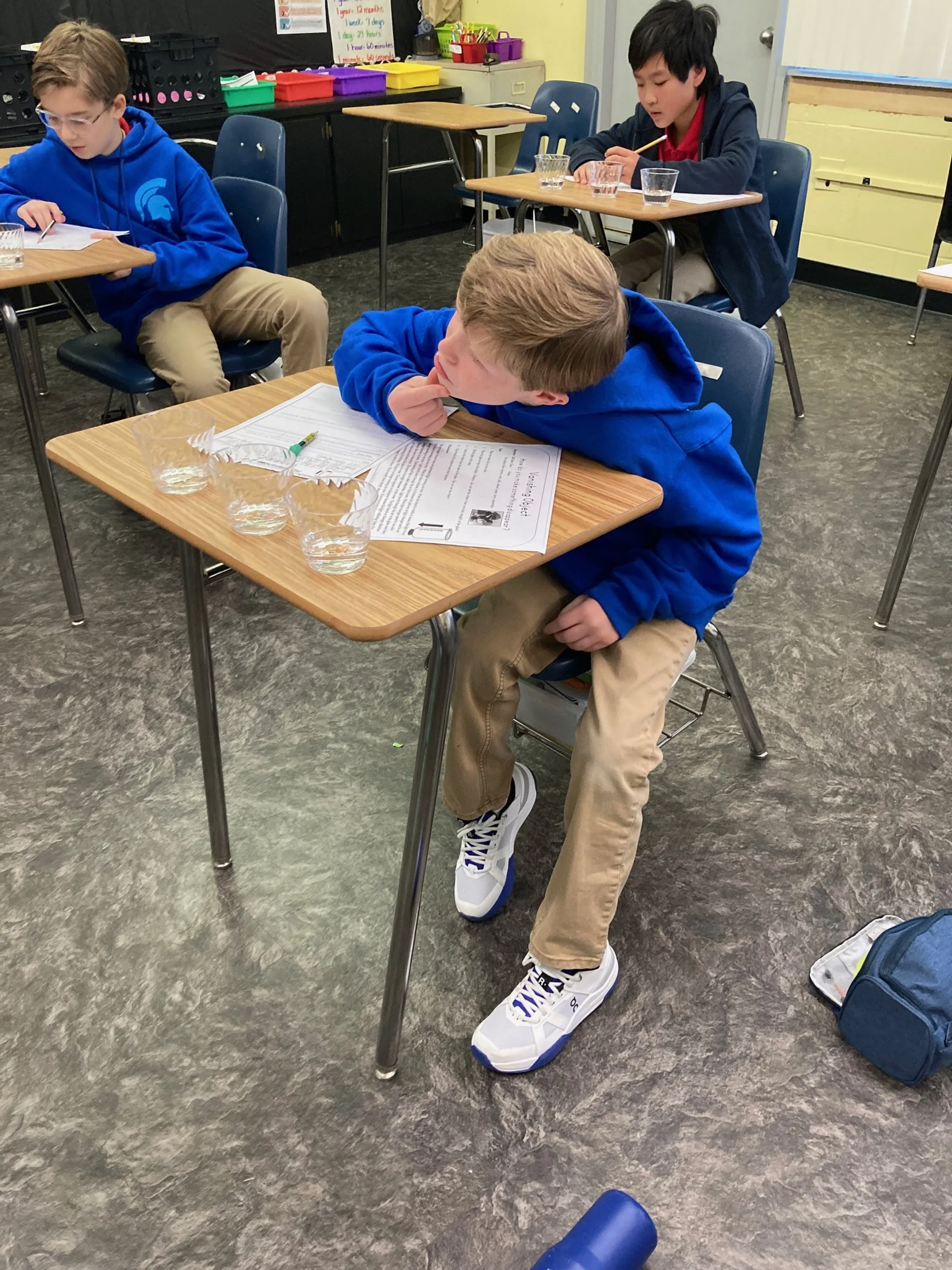On Earth, our view of the illuminated part of the Moon changes each night, depending on where the Moon is in its orbit, or path, around Earth. When we have a full view of the completely illuminated side of the Moon, that phase is known as a full moon.
But following the night of each full moon, as the Moon orbits around Earth, we start to see less of the Moon lit by the Sun. Eventually, the Moon reaches a point in its orbit when we don’t see any of the Moon illuminated. At that point, the far side of the Moon is facing the Sun. This phase is called a new moon. During the new moon, the side facing Earth is dark.
Fifth grade created a personal Lunar Calendar recently. Students were able to choose any month/year-past,present,or future; some chose their birthday month/year, some chose a significant month/year in history such as July 1969-First Lunar Landing and September 2001, and some students randomly chose the month/year.
Students started by constructing a calendar, researching the lunar phases for that month/year, illustrating and labeling each day with the correct moon phase, and making a presentation to the class.
We have a slightly different view of the Moon each night. We describe how the Moon looks with the eight Moon phases, or shapes:
🌑 New
🌒 Waxing Crescent
🌓 First Quarter
🌔 Waxing Gibbous
🌕 Full
🌖 Waning Gibbous
🌗 Third Quarter
🌘 Waning Crescent



























